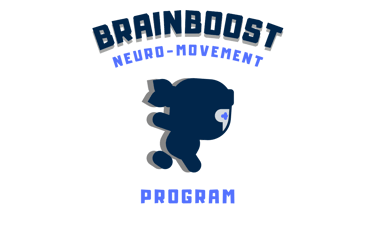

The BrainBoost Neuro-Movement Program enhances brain connectivity through physical activities. These activities improve brain connections and alleviate symptoms in children by providing rhythmic, repetitive movements. The focus is on developing cognitive functions, not just physical movement.
Physical activity for cognitive development
Memory
Memory is the superior (logical or intellectual) cognitive process that defines the temporal dimension of our mental organization. It is our ability to encode, store, retain, and then recall information and past experiences.






Attention
Focus can refer to the center of interest or activity or close or narrow attention. Concentration refers to the ability to give your attention or thought to a single object or activity.
Learning difficulties
A learning disability is to do with the way someone's brain works. It makes it harder for someone to learn, understand or do things. is a reduced intellectual ability and difficulty with everyday activities
BrainBoost Program improves:


Behavioural challenges
Challenging behaviour can include tantrums, hitting or kicking other people, throwing things or self-harming. Behaviour is challenging if it is harmful to the person and others around them, and if it stops the person achieving things in their daily life, such as making friends or concentrating at school.




Social skills
Social skills are learned abilities that allow people to interact with others in a competent and appropriate way. They are also known as "interpersonal" or "soft skills". Social skills include both verbal and non-verbal communication.
Fine motor skills
Fine motor skills are the use of hands and upper extremities to reach, grasp, and manipulate objects, as well as visual motor skills, or hand-eye coordination.

